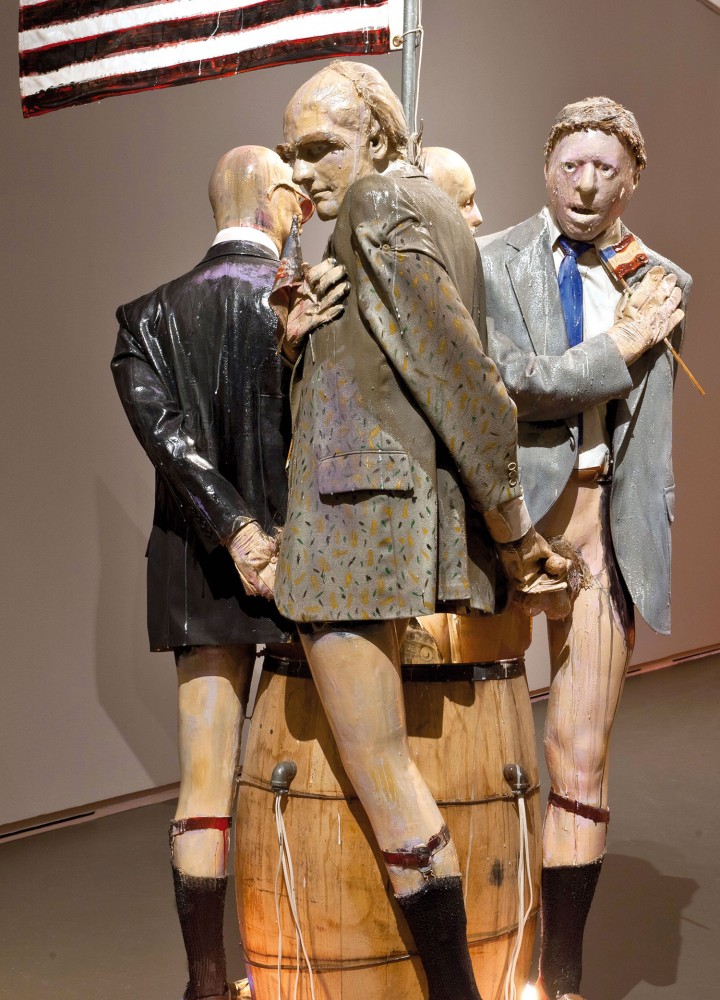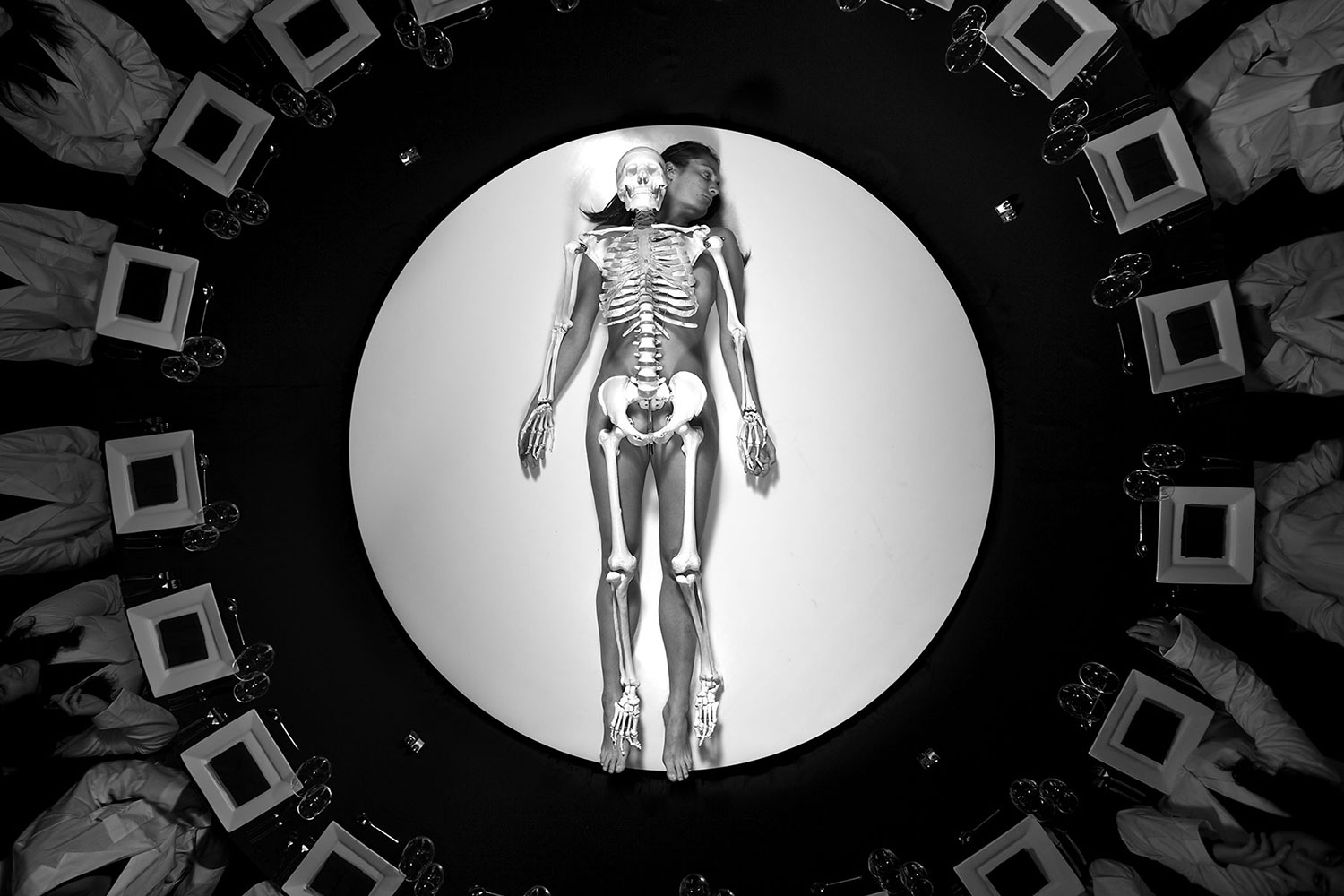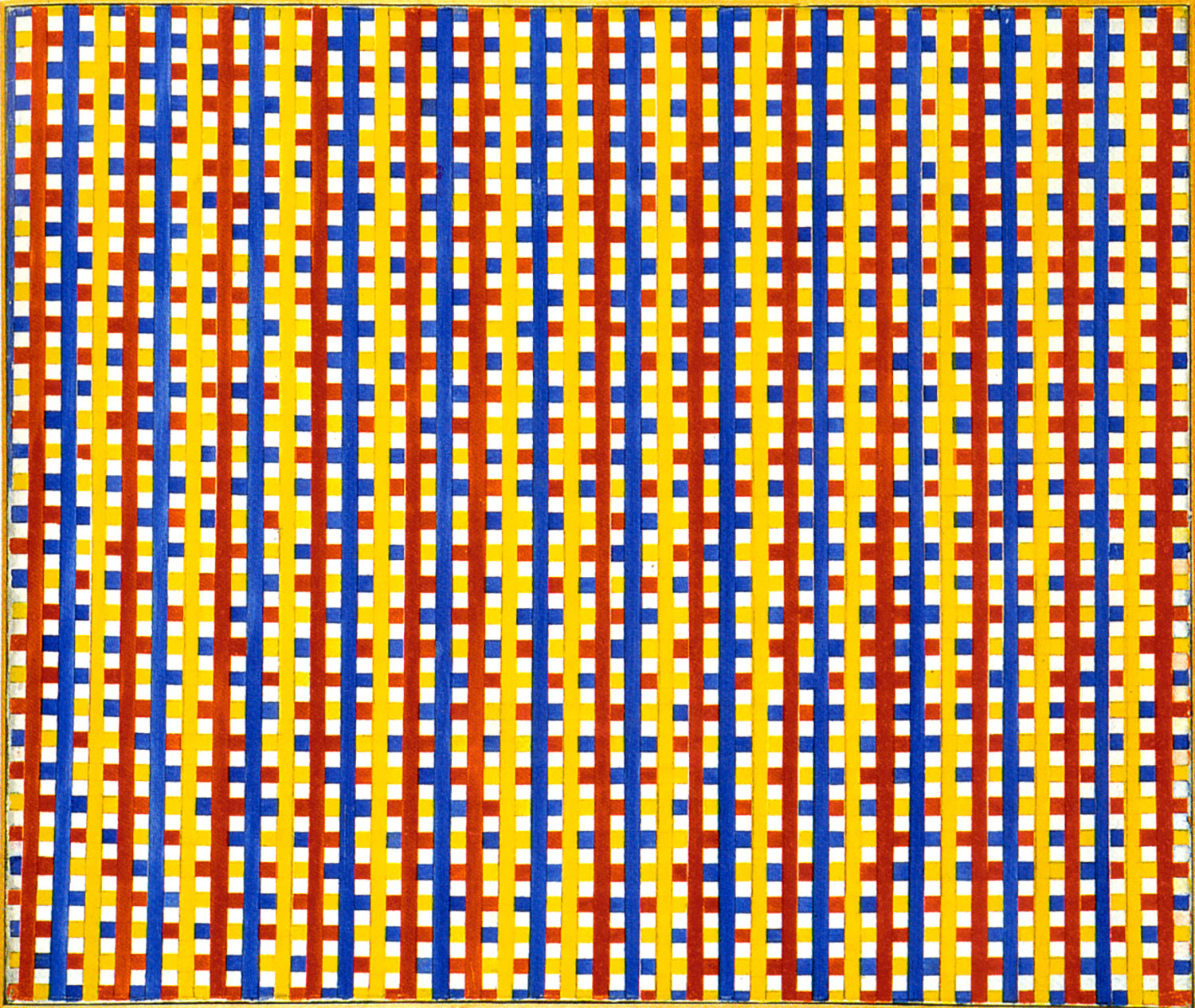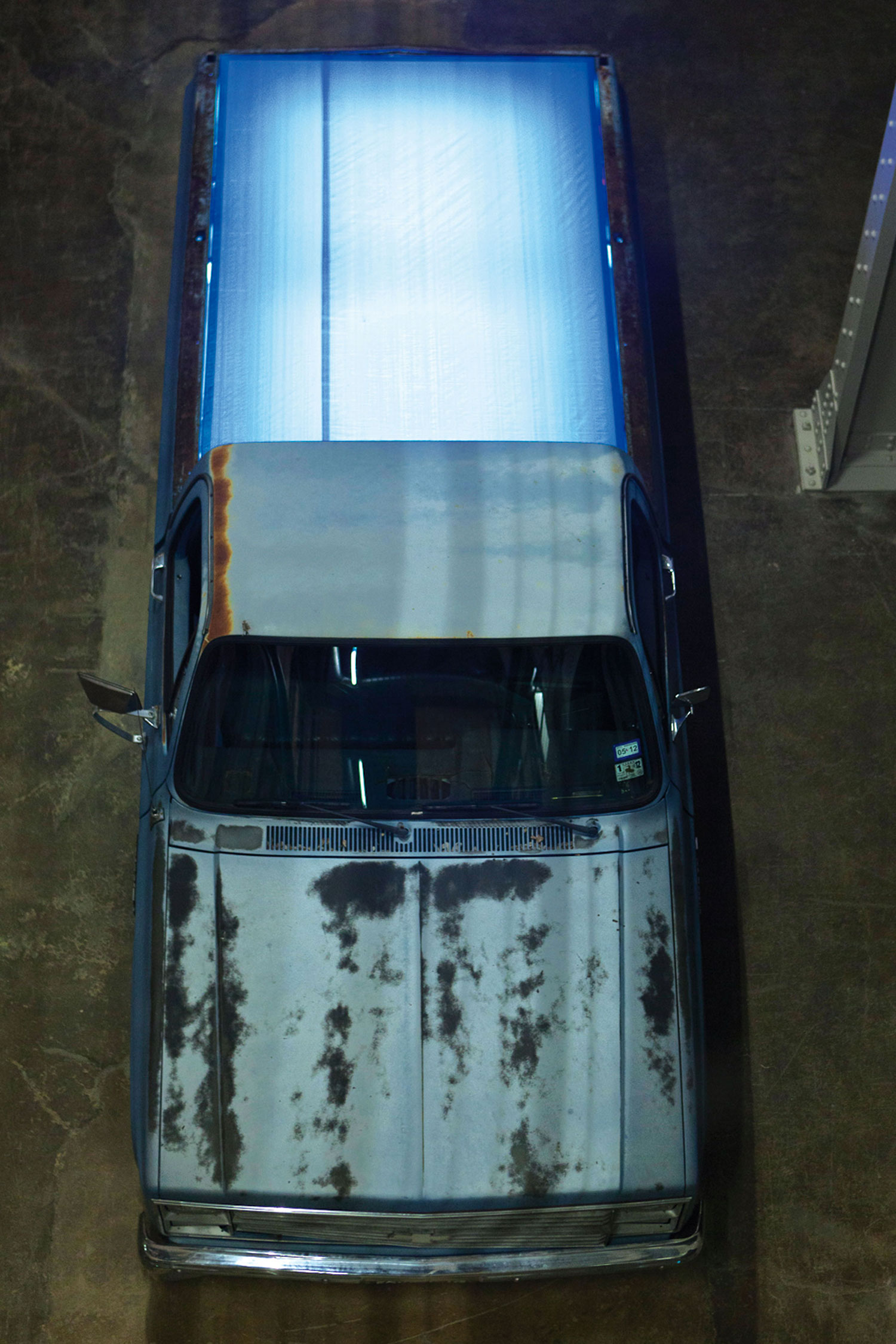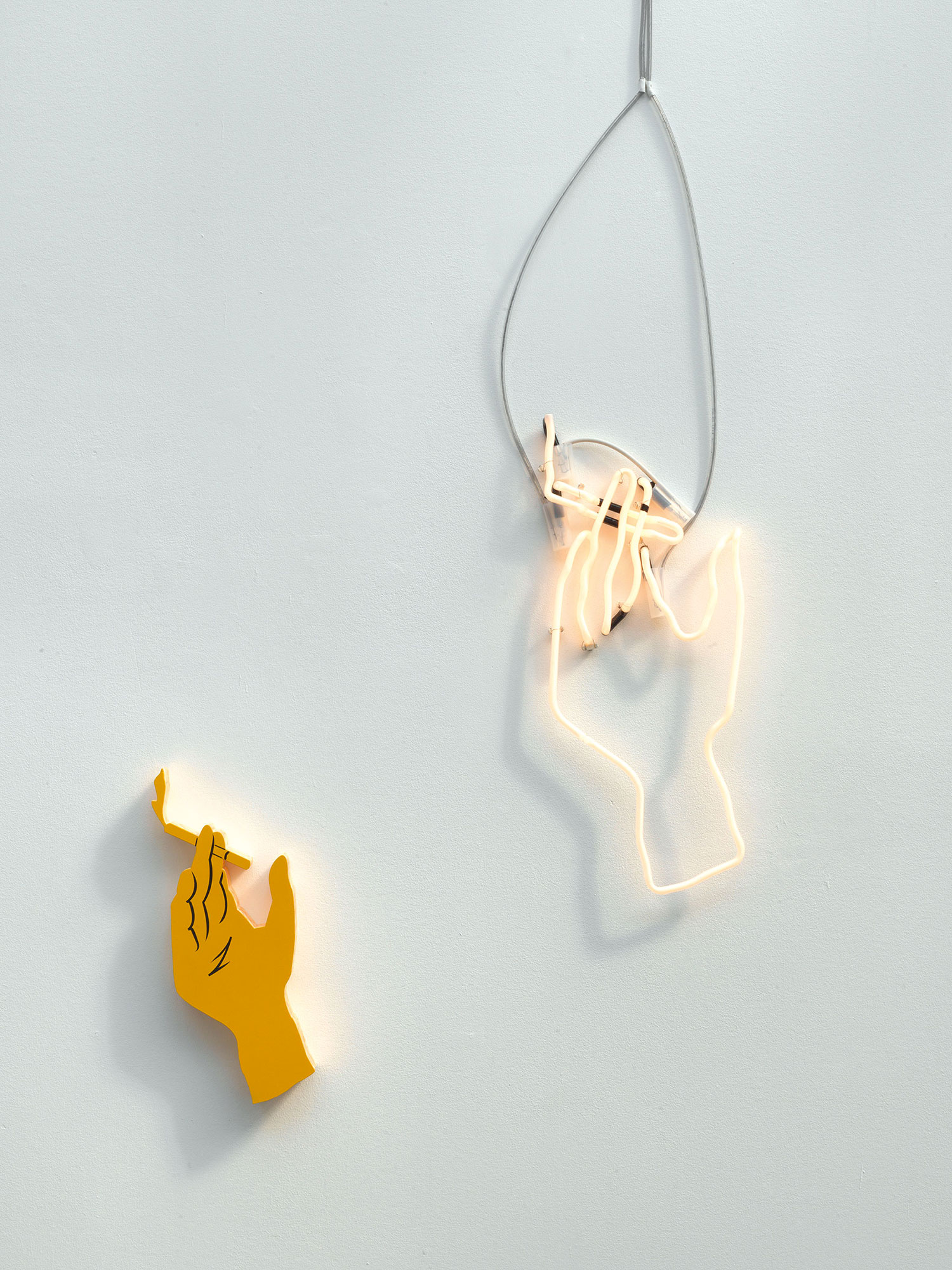
Recently, the art of Edward Kienholz returned to the fore of discussion in Los Angeles as part of the Getty Research Institute’s initiative Pacific Standard Time, an immense conglomeration of exhibitions and programs related to art created in Southern California between 1945 and 1980. One of the most prominent exhibitions of that arts extravaganza was the reprise of Kienholz’s 1972 Documenta 5 installation Five Car Stud (1969-1972). Poorly photographed at the celebrated exhibition in Kassel, Germany, where it was shown in a tent unto itself, the work acquired a mythic status reinforced by its absence after that initial presentation. The work was acquired shortly after by the Kawamura Museum and was promptly put into storage for the next forty years. Five Car Stud’s subject is the castration of a young black man by a group of white men who have found him with a white woman. Recalling the murders of young people, white and black, in the fight for civil rights in the American south, the piece is a searing reminder of American sex and violence perpetrated by whites. The piece was shown for the first time in the United States at the Los Angeles County Museum of Art (LACMA) from September 4, 2011, through January 15, 2012. And, it will be shown at the Louisiana Museum of Modern Art in Copenhagen this summer.
Organized by Harald Szeemann, and under the aegis of “Questioning Reality,” Documenta 5 is known to have pushed the boundaries of exhibition making by incorporating difficult artworks by demanding artists who sought to demonstrate their ideas with sophisticated and complex art installations and works that pushed the conceptual and material limits of contemporary artmaking. Writing in the International Herald Tribune, Michael Gibson called the show “…painful…crazy…very little art…but a lot of paradox.” Kienholz’s Five Car Stud surely fit the bill. And, because of that he has been hard to pin down in some art historical quarters. Yet, long before Five Car Stud, Edward Kienholz had developed a signature and an original artistic language. When most people think of post-World War II American art there is a sense that even the most definable and seemingly abrupt formal gesture — large, action-oriented abstract expressionist painting — is merely hinting at something new, or, perhaps more accurately, “something else.” That is also to say that the distance between European-identified styles such as Art Informel and Tachisme to American Abstract Expressionism is short at best. Did the likes of Kline, Newman and Rothko take that information to glorious and innovative places? Absolutely. But where does modernist visual art as a representation of America before Pop Art begin? With roots more closely aligned with the assemblage tendencies of Nouveau Realisme, Edward Kienholz was one of the first profoundly American artists linked to the traditions of the avant-garde. His art put the subject of America at the fore. His materials were often “found” or scavenged, and his subject matter — the psychosocial terrain of the peculiar sex and violence that is a part of the United States — were profusely and unapologetically bound to the history of the country, in a way rarely seen in visual art before 1960.

The raw quality of Kienholz’s work at times can come across as ham-fisted and overwrought, even filled with cliché, and thus can obscure our reading. Kienholz’s America is not Rauschenberg’s America, though the two artists — who were born within two years of each other — share many qualities. And, while a comparison with Rauschenberg is unfair for any artist, and Kienholz’s output is smaller and less varied, what lies within is certainly darker and nastier. At its best, his art is a blueprint for a particularly American aesthetic that has been seen since in such important artists as his peers Bruce Conner, Bruce Nauman, ASCO, Paul McCarthy, Mike Kelley, Robert Gober, Cady Noland, Glenn Ligon and, perhaps most explicitly, Kara Walker. Time art critic Robert Hughes wrote: “Kienholz didn’t believe in refinement. What he believed in was a combination of technical know-how, moral anger and all-American yawp.”1 “Few artists have hammered away at America’s ugliness as relentlessly as Kienholz.”2 Born on his family’s farm in Idaho near the Washington state border in 1927, Kienholz grew up during the Great Depression learning basic skills in carpentry, metalworking and mechanics. With a natural interest in art and an inclination toward fixing things, Kienholz moved to the city, Spokane, Washington, in 1945. From 1946 to 1949 he traveled between odd jobs in the Pacific Northwest before going to Chicago and then back towards the Pacific Coast through the southwest. By 1953, he settled for a little while in El Paso, Texas, where he made semi-abstract paintings influenced by Miró before moving into a more decidedly abstract mode. By the end of the year he arrived in Los Angeles, where he employed his skills as a handyman to make ends meet while making art. Not having any money, Kienholz resourcefully used the materials he came across, famously saying, “I could find more than half of what I needed in alleys behind buildings.” He found synergy between his artistic ambitions and his real skill set, and he developed that persona by putting a sign on his truck that read “Ed Kienholz: Expert,” with a phone number to solicit jobs.
Los Angeles at this time, though by no means the hotbed of activity it would become in the ’60s, still offered the young artist a bonanza of aesthetics to decipher and, more importantly, likeminded colleagues. He soon befriended Wallace Berman and the budding curator Walter Hopps. By 1956, Hopps and Kienholz were contemplating the Ferus Gallery, which opened the following year. Hopps had already been operating Syndell Studio, where Kienholz showed that year.3 As a young artist trying to make it, Kienholz actively sought out spaces to show his and his peers’ work, including coffeehouses and the lobby of a movie theater, so the idea of creating a space for his own work was something that he had long considered. In the studio, he was creating abstract expressionist paintings in line with the dominant trends but also evincing the West Coast influence of the Bay Area artists working in the wake of Clyfford Still. His close friends John Altoon and Craig Kauffman also figured in an approach to painting practiced in Southern California.
Kienholz’s paintings from 1954 through 1956 all evince a vigorous though somewhat traditional abstraction. He also painted on wood and incorporated other pieces of material to create innovative reliefs. After 1956, a series of rapid progressions marked his artistic output through the mid-’60s. In 1957, a big turning point came in his decision to use referential images in developed narratives. While still a two-dimensional picture like his earlier constructed abstractions, George Warshington in Drag is an early shot in Kienholz’s long battle criticizing the United States as a cultural and political entity. A mocking image of the “father” of the country as a cross-dresser, the painting shows a figure with female attributes under a broken red, white and blue arch. The misspelling of the name points toward the low degree of respect for the “founding father” held by the artist.

By 1958, the paintings were less relief paintings than they were assemblages that hung on the wall. That year Kienholz commemorated the integration of high schools in Little Rock, Arkansas — an early reflection on the peculiar civil rights issues faced in the country. That painting, The Little Eagle Rock Incident, (1958) incorporated found objects — including a deer head with antlers — that would become a prevalent part of the artist’s practice. In 1959, the art of social protest became an integral part of Kienholz’s art. In Conversation Piece (1959), a rather mundane title that belied its subject, a figure has been shot, stuffed and displayed like a trophy protruding from the wall, representing the stuffed remains of a Native American girl that Kienholz said was “raped by frontiersmen.” Hanging on the wall of a sitting room, the girl is there to be discussed by the hunter and his guests, a conversation piece that conjures genocide as an historical event. The usage of a mannequin here is the beginning of another transitional moment pointing the way to the freestanding assemblage sculptures that will become characters in his installations and tableaux. Later that year, he created the freestanding sculpture John Doe, a dummy representing the modern American male.
In 1960, Kienholz was finally at a comfortable place with his art career and decided to quit the Ferus Gallery in order to focus solely on his own artwork. Between 1960 and 1965, he further developed his signature style and continued to lambaste America’s past and present in works such as American Lady (1960), It Takes Two to Integrate, Cha Cha Cha (1961) and America My Hometown (1963). In 1961, he made the first of the large tableaux, Roxy’s, which pictured the interior of a whorehouse and its denizens. In 1962, Kienholz produced The Illegal Operation, a small tableaux by his new standards but one of the most powerful works in his oeuvre. The scene is that of a dingy back-room illegal abortion. The Back Seat Dodge ’38 (1964) and The Beanery (1965) came soon after. In 1966, Kienholz had his first major survey at LACMA. The show engendered both a critical response of praise for his brutally honest work and an outcry for the museum to shut down what was deemed to be a display of pornography.
In the wake of Mike Kelley’s apparent suicide this past week, I am reminded of another artist who sought to expose the underbelly or the dark side of life by exposing humanity’s shortfalls and evils. Perhaps, most appropriately, the recent display of Kienholz’s Five Car Stud overlapped with the run of the PST exhibition “ASCO: Elite of the Obscure, 1972-1988” at LACMA. ASCO, the name taken by four young East Los Angeles Chicano artists in 1972, goes to the heart of what Kienholz, Kelley and others have sought to do in difficult work that often repels more than it seduces. ASCO is roughly translated as “disgust,” as in “me da asco” or “it (your art) disgusts me.”

